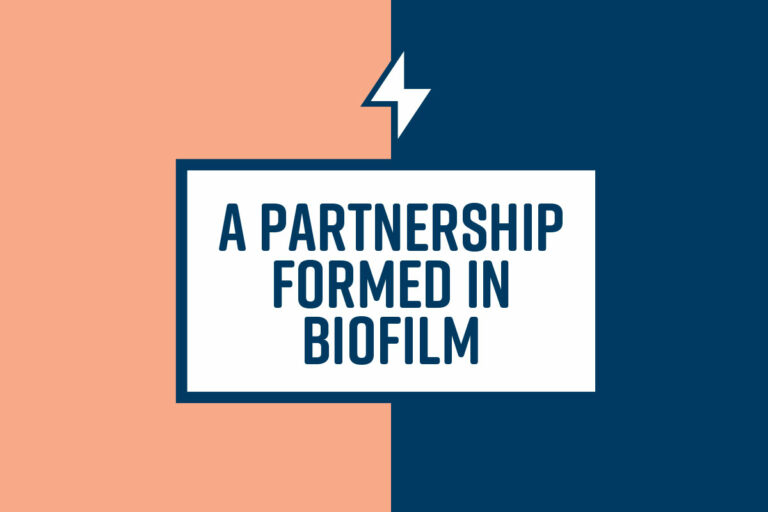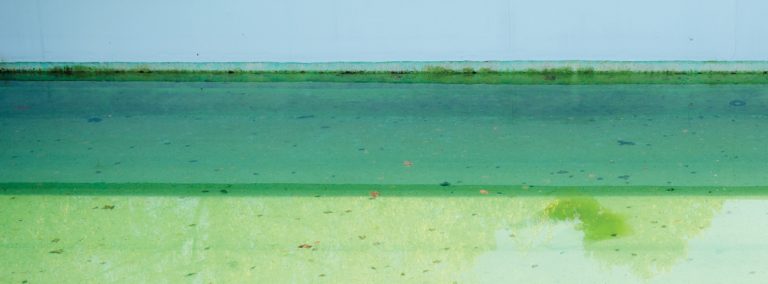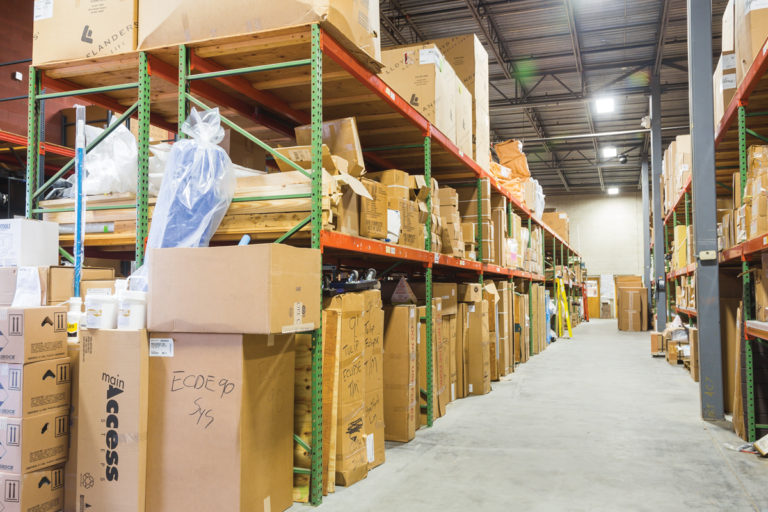The Art of Aggregates

Aggregates provide lasting luxury for pool finishes and customization for pool pros
While a hard-troweled, smooth finish may be a classic pool look, an exposed or polished aggregate finish can be a way for pool builders to add the glam factor to a backyard oasis.
“Historically, crushed marble was the most popular aggregate used in swimming pool plaster,” says Philip Greggs, technical director at SGM, Inc., a global manufacturer of pool, spa and deck finishes based in Pompano Beach, Florida. “White marble aggregate satisfies most of what we expect from a pool plaster finish: ease of application, a brilliant white surface that creates a welcoming blue pastel look and is smooth to the touch.”
But over time, customers and designers wanted more than white as an option. However, the introduction of pigments caused issues with blotching, etching and discoloration, dissatisfaction with the final product and the inevitable blame game between builders, manufacturers, plasterers and service companies. To get the colors that people were requesting in a product that was more forgiving of tough water conditions or less-than-perfect applications, pool professionals began installing an exposed-aggregate finish in Australia that PebbleTec then brought to the U.S.
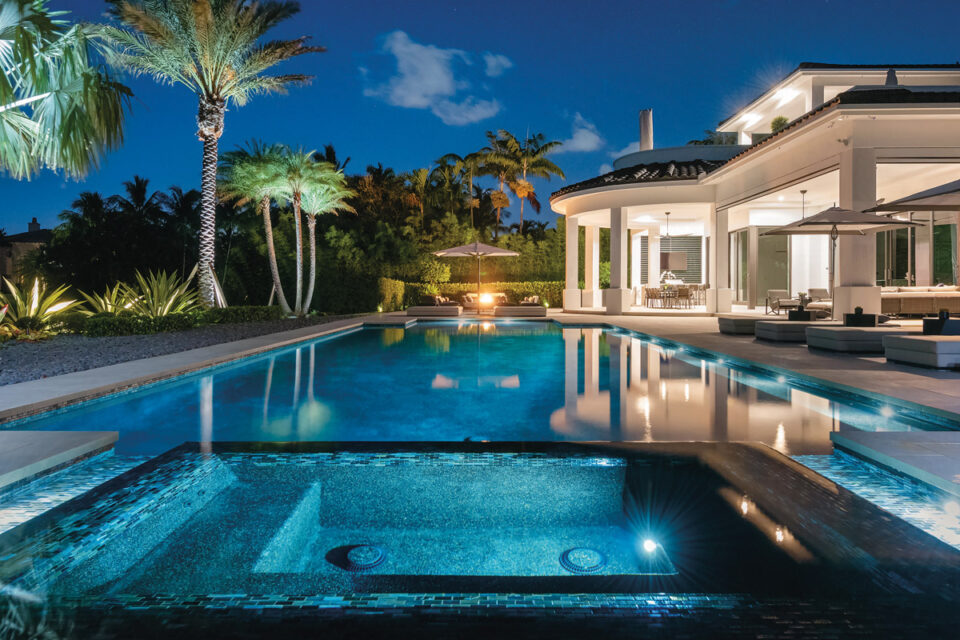
“The cement cream that shows all the discoloration and all the blotchiness is washed away, exposing a stone that’s nonreactive,” says Alan Smith. In addition to founding Alan Smith Pools, a plastering and remodel company in Orange, California, he’s also served on the National Plasterers Council and now is the chairman of the board at MicroGlass. “[The stone] is chemically inert. It’s been around for a million years; it’ll be around another million years, and the pool chemistry doesn’t affect it.”
Common aggregate materials include quartz, pebbles, marble and glass beads. Sometimes, builders may choose to include accents like mica or abalone. If customers are looking for that exposed-aggregate look, picking the right manufacturer and materials can be crucial.
Not Just a Bag of Rocks
Experts say builders and plasterers can’t willy-nilly choose an aggregate. They need to consider factors like weather conditions, water hardness, capabilities of the crew as well as color, size and shape of the rock.
“Aggregates are a critical component to a well-formulated pool plaster, and their importance is often overlooked,” Greggs explains.
Aggregates are a critical component to a well-formulated pool plaster, and their importance is often overlooked. Everything from size, color, geological composition and particle size distribution all need to be considered.”
Philip Greggs, SGM, Inc.
Smith says there’s no right or wrong in which aggregate is chosen; it all comes down to the look and feel the customer wants as well as the price they’re willing to pay.
“Some aggregates are ground and crushed, so they’re very angular,” Smith says. “When you trowel them, you must lay them over flat, otherwise you get a sharp edge coming up. Others are pummeled and they’re round, like little marbles, and very smooth. They’re usually more money and they’re not as readily available as the crushed ones. Some people mix the two together, and you get every combination you can possibly imagine.”
Greggs adds that careful aggregate selection and optimization are critical to meet the applicator’s installation requirements and simultaneously fulfill the pool owner’s desires. “Homeowners demand beauty and comfort while applicators want workability,” he says. “Since aggregates make up approximately two-thirds of a pool plaster formulation, understanding their contributions to the overall finish will help guide designers in making the best recommendations for their clients.”
It’s also essential for pool builders and plaster subcontractors to know the standards of the aggregate supplier they choose, says Kari Paulson, vice president of marketing at Pebble Technology International.
“You have to know what [the supplier’s] protocol is for screening the product,” Paulson says of aggregate manufacturers. “Go with a company that has the highest standards. You’ll pay the price down the road if you don’t pay for quality and premium products up front.”
Go with a company that has the highest standards. You’ll pay the price down the road if you don’t pay for quality and premium products up front.”
Kari Paulson, Pebble Technology International
For instance, if manufacturers don’t take care to screen metal particles from the aggregate rock, it can rust in the pool water over time. PebbleTec, for example, pre-screens all delivered aggregate to ensure specifications are met for the color and sizes of pebbles.
“At the plant, we screen out any metal particulates at seven stations along the line,” Paulson says. “This kind of robust screening makes all the difference in producing industry-leading consistency — and that makes for a finish that will be more beautiful and long-lasting,”
Aggregate Exposed
When comparing an exposed-aggregate finish to a hard-trowel/smooth finish, there’s more equipment and manpower required. Exposing aggregate is a bit of an artistic process — but when done correctly, it should also create a more durable surface.
While the process can vary depending on the type of aggregate, in general after the plaster mixture is pumped into the pool and troweled on, it’s rinsed with water, acid or both. It’s then brushed or wiped to remove any remaining plaster cream, exposing the aggregate. The plaster cream, also called slurry, will also need to be removed from the pool. Depending on the aggregate and desired finish, sometimes the plaster will be added, troweled and rinsed more than once.
Properly exposed aggregate should be well compacted and fully encapsulated. The exposure process aids in consolidation, removing entrapped air.
“You want as much rock or quartz at the surface as possible because it’s nonreactive,” Smith says. “The pool water is breaking down the cement, which is the weak link, but is the glue that holds everything together.”
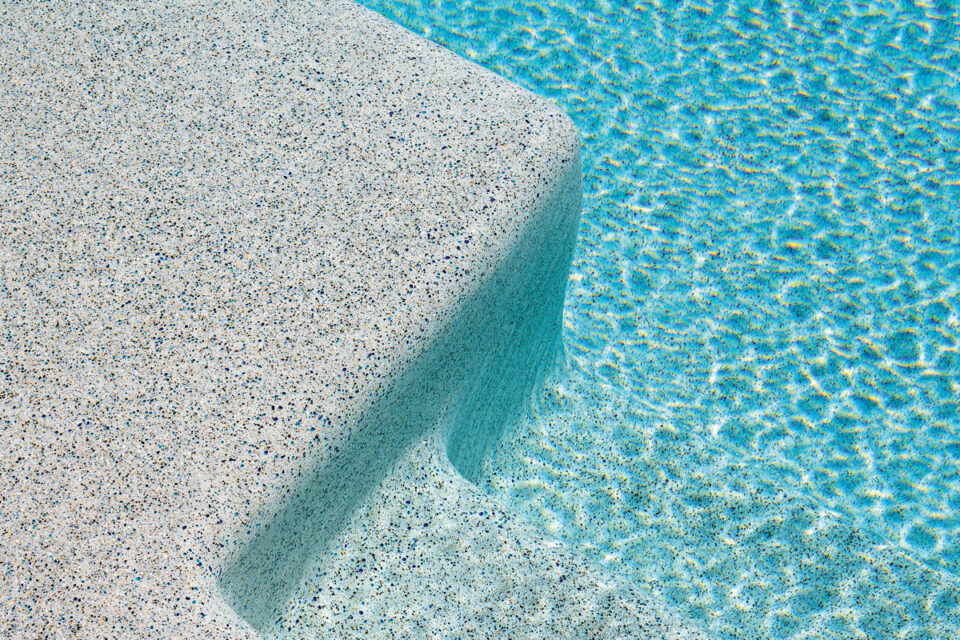
For a polished finish, after the plaster is pumped, troweled and exposed (some prefer to polish without exposing), it is then polished, often with a diamond pad, so the aggregate is smooth. Not just any aggregate is a good choice for a polished finish; typically a softer stone or glass is mixed in to help reduce the wear and tear on the diamond pad. Installers also need to use a lubricant — often water, but there are other polishing compounds available — to cool things down and help the pad last longer.
“A really nice, polished finish is pretty hard to beat,” Smith says. “It’s like a terrazzo feel.”
Train Away
It doesn’t matter what aggregate is chosen if you don’t have the skills to install and expose it properly. Fortunately, many aggregate suppliers have training and personnel in place to help.
PebbleTec, for example, has a quality assurance team that clocks around 25,000 hours a year traveling to challenging job sites to ensure applicators know how to apply and use PebbleTec’s aggregate in all types of conditions, Paulson says. The company also ensures technicians are properly vetted through certification and only has around 100 technicians globally.
“They want to partner with a manufacturer that’s going to stand with them,” Paulson advises anyone using specialty aggregates.
She also recommends pool builders and subcontractors alike thoroughly question their aggregate manufacturer. Questions like: “Where do they get their materials? Who are they using to support the applicator in the field? There’s a lot of know-how,” Paulson says.
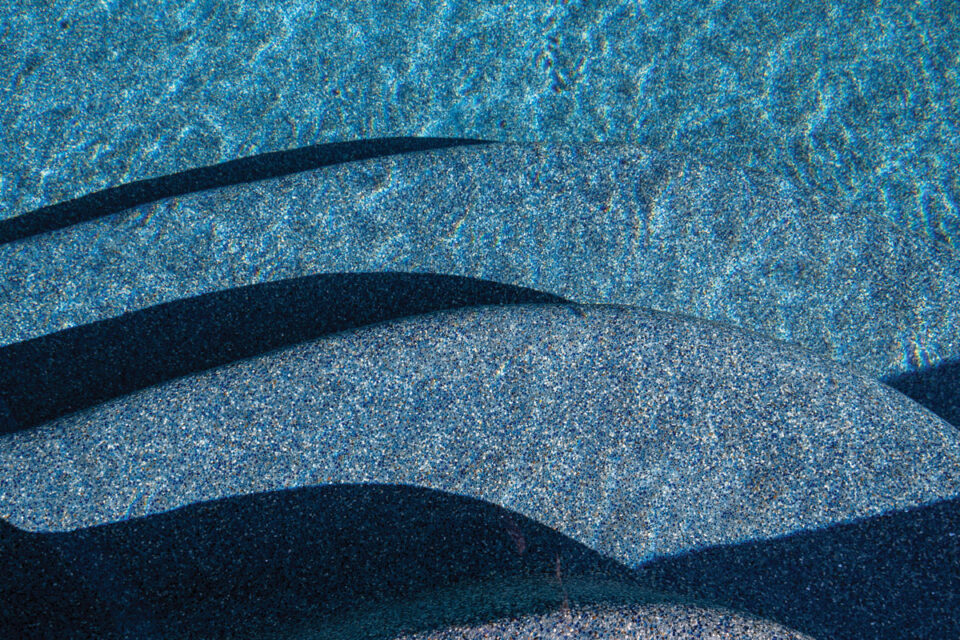
A manufacturer that has quality assurance and highly trained technicians is the way for pool builders to know they’re working with a top-tier company.
Peter and Michelle Graham-Vamvakaris own Siesta Pebble, a pool finish and backyard company in Cape Coral, Florida. “A red flag for me would be someone new [to the industry] and a product you haven’t heard of,” Peter Vamvakaris says. “What makes a quality aggregate is the commitment to produce a quality product day in and day out.”
From a building standpoint, he says pool builders should have a list of questions at the ready for their aggregate manufacturer and any subcontractors handling the aggregate. Details like how long the company has been in business, how long they’ve done application of a particular aggregate and if they’re licensed and insured all matter, he says.
While the stones used in exposed-aggregate finishes have been around for millions of years, as Smith noted, that doesn’t mean that there aren’t rapidly changing innovations coming on the market. New additives and densifiers are making the exposed-aggregate process easier, faster and reducing common pitfalls.
“There’s a lot going on with it,” Smith says. “More than people realize. There’s been so many advancements and changes.”
For more information about plastering and aggregates, consider reaching out to an organization like the National Plasterers Council, which has been around for 30-plus years to offer support for plaster pool professionals.


